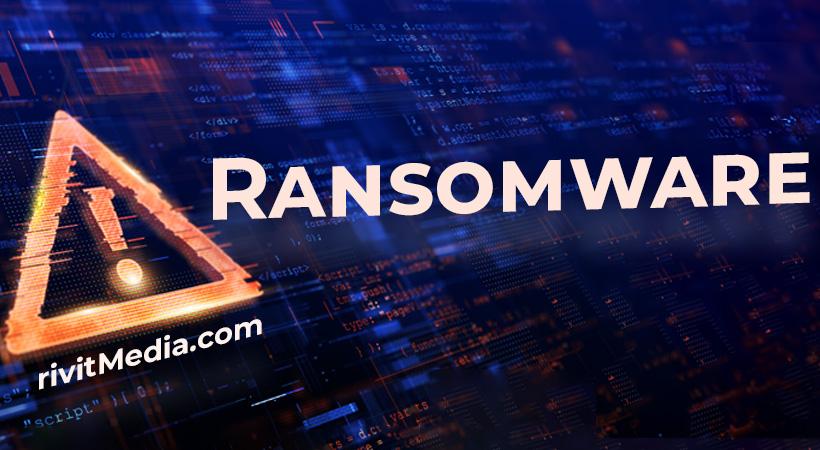In the ever-evolving landscape of cyber threats, a new ransomware variant named “Eight” has emerged, posing a significant risk to users’ data security. Eight operates with the malicious intent of encrypting user files, holding them hostage until a ransom is paid for the elusive decryption key. This insidious malware leaves victims grappling with the potential loss of valuable information and facing the dilemma of whether to succumb to the hackers’ demands.
Understanding Eight Ransomware
Upon infecting a system, Eight promptly initiates the encryption process, rendering user files inaccessible. Victims are then confronted with a notification detailing the dire consequences of the attack. The attackers behind Eight typically demand a ransom payment in cryptocurrency, promising to provide the decryption key upon receipt of the funds. To reinforce their demands, specific instructions are often delivered via a .txt file displayed on the victim’s screen.
Key Points:
- Encryption of user files upon infection.
- Demand for a ransom payment in cryptocurrency.
- Display of notification outlining the consequences and payment instructions.
The repercussions of falling victim to Eight can be severe. Users may face permanent loss of access to crucial information, leading to potential financial losses, especially if the encrypted files hold professional or personal significance. The insidious nature of Eight lies in its ability to exploit users’ desperation to retrieve their data, pushing them towards paying the ransom.
Detecting and removing Eight proves to be a formidable challenge. Traditional antivirus programs often struggle to identify the ransomware as its encryption process doesn’t involve destructive actions. The secrecy and stealthiness of Eight enable it to evade detection until its presence becomes glaringly evident through ransom notifications.
Challenges:
- Ineffectiveness of traditional antivirus programs.
- Encryption process without visible symptoms.
Removal Guide and File Recovery
Addressing an Eight ransomware infection necessitates a strategic approach, combining removal efforts with file recovery attempts. However, it’s crucial to emphasize that attempting file recovery without first eliminating the ransomware from the system is futile.
Removal Guide
- Identify Suspicious Activity: Look for signs of unusual system behavior or unauthorized access.
- Isolate the Infected System: Disconnect from the network to prevent further compromise.
- Run a Robust Anti-Malware Scan: Utilize a reliable anti-malware tool for comprehensive removal.
- Manual Removal of Residual Files: Check critical system folders for any remaining Eight files.
File Recovery Considerations
- While no guarantees exist for successful file recovery, exploring alternative methods is recommended.
- Avoid paying the ransom, as compliance does not guarantee the receipt of a decryption key.
Best Practices for Prevention
- Regular Backups: Maintain up-to-date backups of essential files to mitigate data loss.
- Security Updates: Keep operating systems and security software updated to patch vulnerabilities.
- Caution with Email and Downloads: Exercise caution when opening email attachments or downloading files from unknown sources.
- User Education: Educate users about the risks of interacting with suspicious links or files.
In conclusion, the emergence of Eight ransomware underscores the critical importance of proactive cybersecurity measures. Combining vigilant user practices, robust security tools, and a resilient backup strategy can fortify systems against the pervasive threat of ransomware, ensuring a more secure digital environment.





